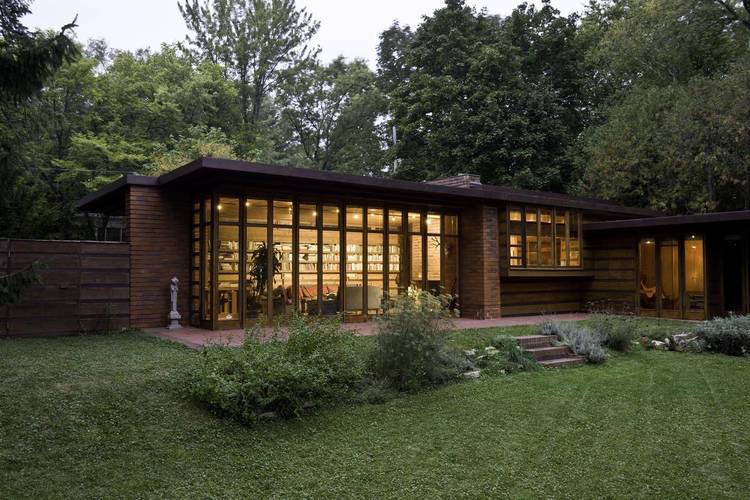SIP technology
The SIP construction technology - of the structural insulated panels, was developed and first used in the USA. The basic element of this technology is a panel. It consists of boards made of large-area wood-based materials and a polystyrene core serving as a thermal insulator.
The core of the panel must be strong enough because the panel does not contain any other reinforcement elements. Therefore, the SIP panel is also referred to as a sandwich isolated panel without reinforcement ribs. The all-surface glueing of the OSB boards with an insulating polystyrene core creates a very solid element that acts as a box beam. Houses built of these panels are very durable and solid. In the USA in 2004, based on the tests performed, it was allowed to use SIPs in all seismically endangered areas. According to the association of SIP producers in the USA, this technology has been recommended by the government for the restoration of hurricane-affected areas.
 Louisiana coast after hurricane IKE, USA Kobe earthquake, Japan
Louisiana coast after hurricane IKE, USA Kobe earthquake, Japan
History of the SIPs
- since 1935, the SIP panels have been developing together with the Forest Products Laboratory in Wisconsin and the architect Frank Lloyd Wright.
- using the predecessor of the SIP panels in the construction of affordable Usonian houses
- in 1952, the use of a panel with a polystyrene foam core to build a house in Michigan, which is considered to be the first SIP panel building
- the rise of technology during the US oil crisis
- in 1981, for the first time the OSB boards were used in the panel structure
- the establishment of the Structured Insulated Panel Association (SIPA) in 1990
- since 1995, the SIP technology on the Czech market
 Architect Frank Lloyd Wright
Architect Frank Lloyd Wright
 Usonian house - Jacob´s house in Wisconsin
Usonian house - Jacob´s house in Wisconsin
 Forest Products Laboratory Wisconsin
Forest Products Laboratory Wisconsin


 Česky
Česky Deutsch
Deutsch Polski
Polski